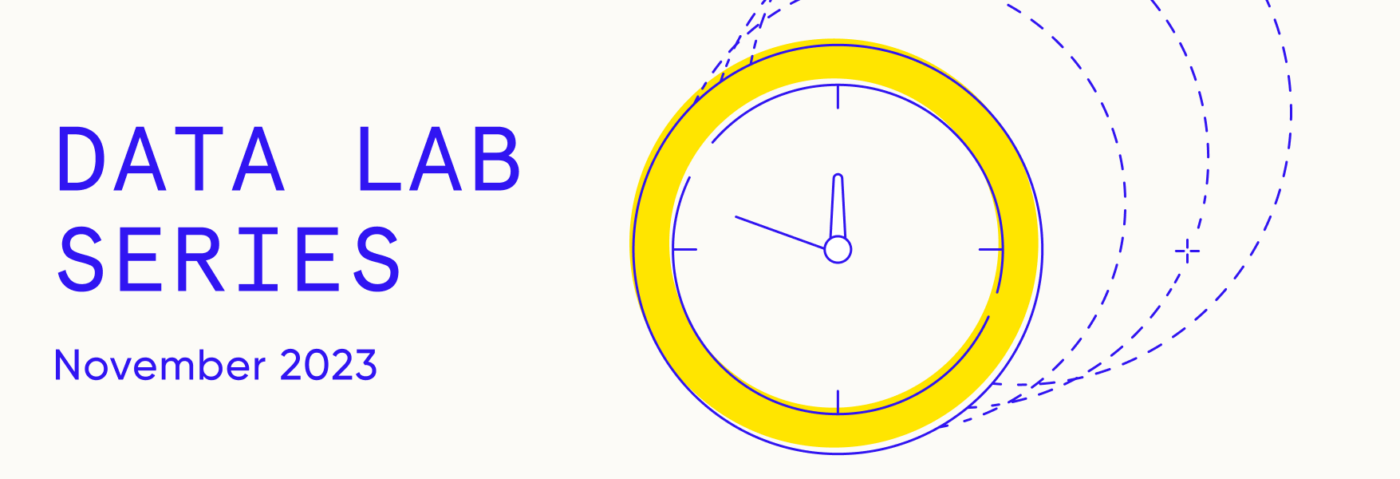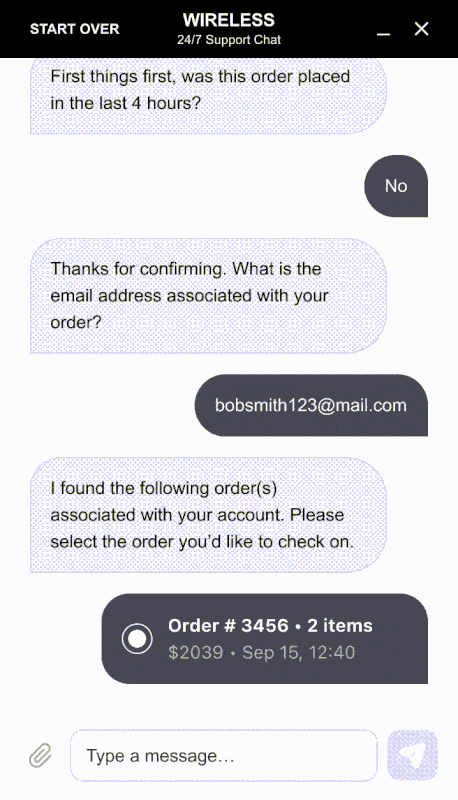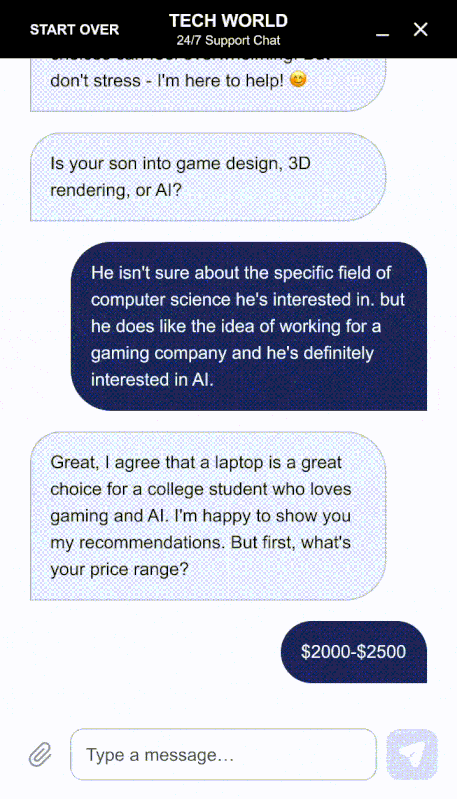
11 Seconds is All You Get…
We view every customer service and support interaction as an opportunity to build long-lasting and positive relationships between the brand and the consumer. This means retrieving and formulating the best possible resolution to their customer service inquiry, every single time.
Sometimes, however, even with our generative AI-powered bot, this can take a little while! Not a long time, mind you – the average response time for our bot is 11 seconds. However, considering the amount of hype around generative AI, it is understandable that some consumers might grow frustrated when bots don’t respond instantaneously.
So we took it upon ourselves to ensure those 11 seconds do no harm and that even this tiny latency doesn’t adversely impact our partners’ relations with their end customers. To that end, we have implemented a couple of UI updates aimed at decreasing (if not eliminating) consumer frustration with latency.
Our approach aims to achieve the following: How do we divert the customer’s attention during that short time so they don’t even register it as latency?
To do this, we have leveraged two primary tools: text and images. From a text and copy standpoint, our bot presents a steady stream of updates so that the end consumer knows that the bot is working in the back end to generate a resolution. This is a similar technique savvy customers will likely recognize from other consumer technologies they use.
For example, here’s a fun one from the popular online game Hearthstone:

Clearly, the software isn’t actually saddling dragons. But the copy keeps the user engaged while the game loads.
We’ve taken this technique one step further by making the copy we use to indicate progress contextual to the consumer’s journey. For example, a customer checking in on how many loyalty points they have on their account will receive a different set of progress indicator text updates than a user asking for an order status update. Here’s an example of the latter:

By showing that something is happening, users can see that their action is being processed, making the wait feel more tolerable. In this instance, not only does this keep the user engaged, but it also makes the experience much more personalized. And as we know, personalized experiences are better experiences.
Our use of images and animation has also made our chatbots stand out even further from the crowd regarding latency frustration mitigation. Animations can be an engaging distraction, keeping users entertained while they wait, and making the wait seem shorter. They also show users that the system responds to their input, making the experience feel quicker. But instead of relying on standard progress bar indicators or other traditional best practices like spinning wheels, our team has created a series of animations that are also contextually relevant to the consumer’s journey.
Here’s another example from one of our partners.

These animations are also brand-specific. No two animations used within the Simplr bot will be the same across different clients.
The result is, again, a highly personalized, highly on-brand experience for the consumer while they wait for the bot to generate its response.
No one would rationally argue that 11 seconds is a long time to wait for a response during a live chat, especially when compared to the fact that many brands still have trouble responding to consumers within 5 minutes on chat. However, it’s also 11 seconds in which we can present yet another opportunity to showcase to the consumer that the brand cares about them as an individual and is investing in truly impactful CX.
Latency is a lemon…a slightly unfortunate fact of life in this new world of generative AI. We hope this post is helpful and inspirational in using latency to increase rapport with the customer … and make some lemonade.